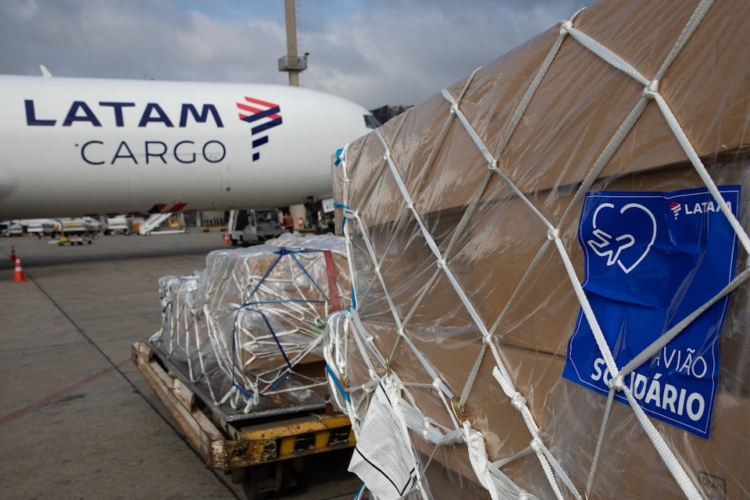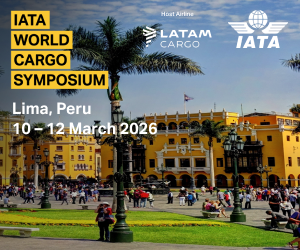- The first shipment from Colombia was transported free of charge by LATAM’ s” Solidarity Plane” program and landed in São Paulo this Tuesday, May 28th.
- The modular houses (Refugee Housing Units) for the flood victims in Rio Grande do Sul are mobile structures that convert into emergency housing.
- With this action, LATAM’ s program has already transported 142 tons of donations and 102 volunteers to the southern region of Brazil since May 4th, 2024.
LATAM, through its ” Solidarity Plane” program, transported the first
shipment of 100 out of 200 modular houses donated by the United Nations Refugee Agency (UNHCR) to support the emergency caused by the floods in Rio Grande do Sul, Brazil. This initial 16- ton shipment departed from Bogotá and landed in São Paulo to continue its journey by land to the affected area.
The transport of these emergency houses, known as Refugee Housing Units, to Brazil is the result of coordination between the Ministry of Foreign Affairs, the Ministry of Ports and Airports, and UNHCR, an ally of LATAM’s ” Solidarity Plane” program since April 2022. These mobile structures are intended for the flood victims in Brazil, becoming temporary emergency housing to provide better shelter and greater privacy for the affected families.
With this initiative, LATAM’ s Solidarity Plane has transported a total of 142 tons of donations, including basic food baskets, water, disposable diapers, blankets, and other essential items, as well
as 102 volunteers, including doctors, nurses, veterinarians, and firefighters, free of charge to southern Brazil since May 4 of this year. These transports have been carried out both on commercial
flights to regional airports and on special flights to the Canoas Air Base (RS), with donations coming from countries such as Portugal and the United States.
MODULAR HOMES: A UN PROJECT USED WORLDWIDE
Emergency Housing Units (Refugee Housing Units) have a lifespan of up to 5 years. These sustainable structures are used in various operations by the United Nations Refugee Agency (UNHCR) around the globe. Each unit consists of a lightweight steel frame, roof and wall dividers, doors and windows, floor covering, solar power, LED lighting, and an anchoring system. The project was developed
collaboratively by UNHCR, the social enterprise Better Shelter, and the IKEA Foundation. The goal is to create autonomous, sustainable spaces adaptable to different humanitarian emergency contexts, with units present in South America, Europe, Africa, and the Middle East.





